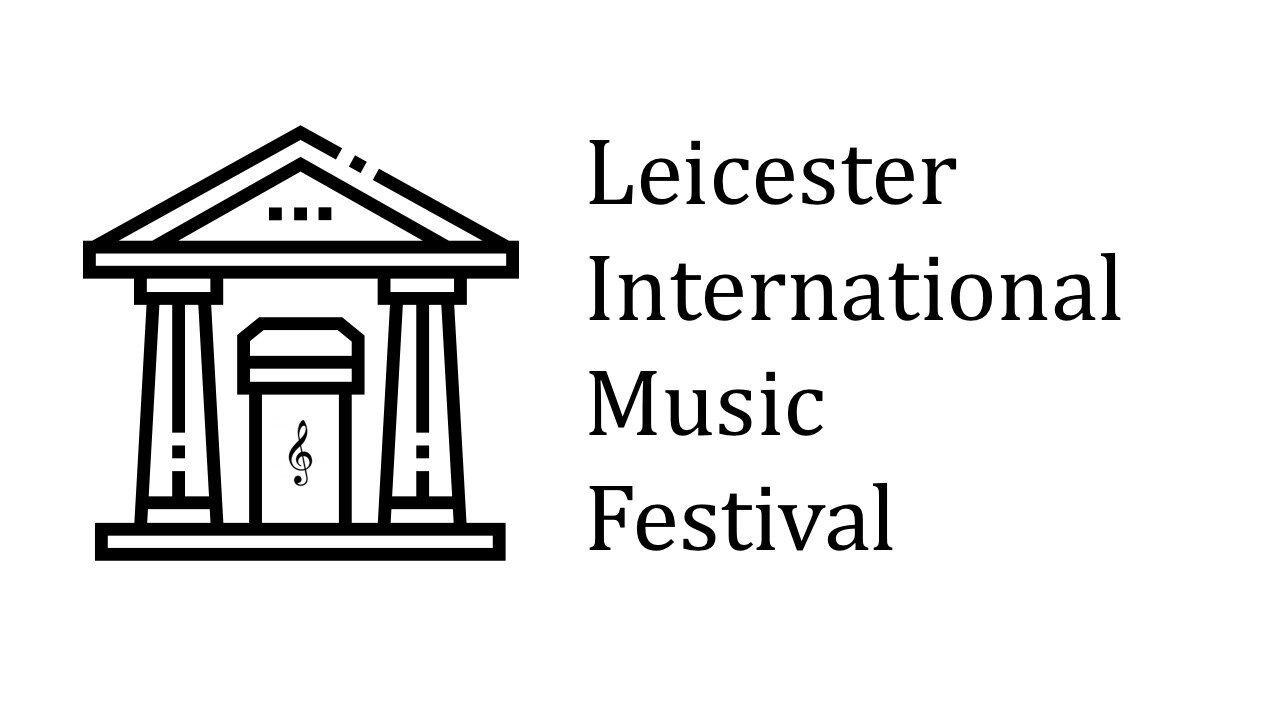Fauré Quartett, 10 December 2015
Programme notes
Piano Quartet in G minor, K478: Wolfgang Amadeus Mozart (1756-1791)
1. Allegro
2. Andante
3. Rondo (allegro)
According to Constanze Mozart’s second husband, Georg Nikolaus Nissen, whose unfinished biography of the composer was published after his death, Mozart was commissioned to write three piano quartets by the publisher Franz Anton Hoffmeister. The G minor Quartet, K478, was completed in 1785 but it was found too difficult for both audiences and musicians, and Hoffmeister allowed Mozart to keep the advance on his fee on condition that he did not write the other two. The Piano Quartet in E flat that Mozart wrote the following year was accepted by another publisher.
The story may or may not be true; but there is no doubt that with the G minor Quartet Mozart created something unprecedented in the field of chamber music with keyboard instrument. Previously this had been regarded as primarily a medium for domestic, amateur music-making, with the keyboard part having the main musical interest and any other instruments providing an accompaniment. But at the end of the 1770s Mozart produced a number of sonatas for keyboard and violin (convention purposely listed the instruments that way round) in which he began tilting the balance towards a more equal partnership between the two instruments; the development continues in the G minor Quartet.
Hoffmeister’s string-playing customers, used to a simple accompanying role, were no doubt unprepared for parts as taxing as these. They would also have been startled by the music’s emotional demands. Right from the start it is clear that the first movement of K478 is going to be a stormy, passionate affair. The stern unison opening figure dominates the entire movement. Even when not stated in full it can be sensed in the background, with just the first two notes being enough of a reminder. So when it comes back with redoubled force to signal the return of the opening music, it is with a feeling not so much of surprise as of an expected culmination. The coda ends the movement in a mood of vehement defiance.
The B flat andante is the perfect answer to the turbulence of first movement. The serenity of its many gently falling phrases seem to have a profoundly healing quality, which enables Mozart to move convincingly to the lively G major finale. Even here, there are subtly poignant touches in small melodic details which keep superficial jollity at bay, and particularly in a central passage when the music is clouded by minor keys and a stormy moment that recalls the spirit (if not the actual material) of the first movement. A sequence of trills on the piano heralds the last return of the rondo theme, after which the music lurches dramatically into E flat before gliding, with unruffled poise, back to the key it should be in, ready for the final bars.
Piano Quartet in C minor, Op 13: Richard Strauss (1864-1947)
1. Allegro
2. Scherzo. Presto
3. Andante
4. Finale. Vivace.
Strauss burst onto the scene with his early tone poems, in particular Don Juan (1888), which announced the arrival of a startling new talent, drawing on the musical narrative techniques developed by Liszt and Wagner. But behind this achievement was an apprenticeship that gave him a solid grounding in the more conservative traditions of Mendelssohn, Schumann and Brahms, thanks to his horn-playing (and Wagner-hating) father, Franz, and Franz’s colleagues in the Munich Court Orchestra. All of his major chamber works date from these early years, apart from the single-movement string sextet that is the introduction to his final opera, Capriccio, but which has also taken on an independent life of its own as a concert work.
He composed his Piano Quartet during 1884, completing it on New Year’s Day 1885. He was the pianist at the first performance in Weimar on 8 December 1885, and again a month later in a performance in Meiningen. It is dedicated ‘in respect and gratitude’, to the Grand Duke of Meiningen, who employed Strauss as the conductor of his court orchestra. The Quartet later won first prize in a competition organised by the Berlin Tonkünstlerverein (Composers’ Guild).
While it may not be instantly recognisable as Strauss’s work, its combination of exuberant energy and bold confidence in handling large-scale structures are exactly the qualities that were to grab the wider musical word’s attention in only a few years’ time. And, just occasionally, we catch fleeting glimpses of the mature musical personality about to emerge.
The first movement’s brief, quiet introduction presents a short phrase that will become important in the main body of the movement, but it gives no hint of the sheer torrent that bursts out just seconds later. The second main theme is a broad, expansive tune for the three strings in octaves over ebullient arpeggio figures on the piano. The music swings between these two impulses, the impetuous and the lyrical, with an even more headlong rush in the last few bars.
The scherzo is swift, airy and, at first, rhythmically elusive. Throughout, the strings make great play with a snappy three-note figure beginning with an octave drop. The slower central section is calmer and more song-like, coming gently to rest before being overtaken by the faster music again. Eventually a glance back at the central section suggests a quiet ending, but the final bars put paid to that idea.
Song-like tranquillity takes over in the third movement, with moments of great charm and delicacy, and a more flowing central section.
The finale returns to the vigour of the first movement, but there is room, also, for a broad, expressive theme for the strings, led by the cello, over a gently syncopated piano accompaniment. The music’s nimble, quicksilver energy is never far away, though, building an irresistible sense of exhilaration as it races to its conclusion.
© Mike Wheeler, 2015
